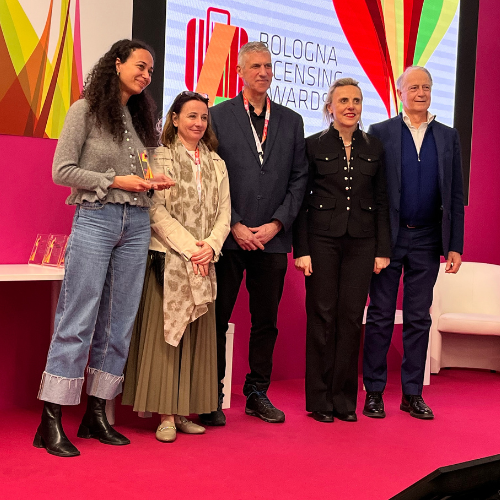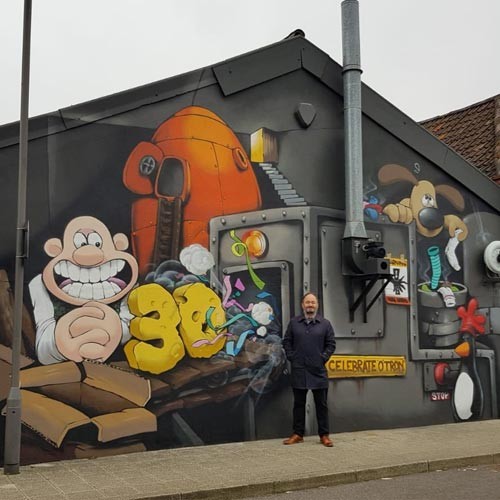Start Licensing’s Ian Downes discovers a growing and important part of the licensing landscape.
I managed to do most of my Looking Out from the comfort of my armchair this week. I picked up a copy of the excellent Time Out Kids Summer Holiday Guide to London over the weekend.
Apparently this was its debut issue – I liked the fact that the editorial chimed that Time Out ‘has had a baby’. There were apparently 784 things to do in London featured in the magazine. I am always impressed by how much information Time Out imparts to us free of charge. I think it was one of the first paid for magazines that decided to go down the freemium route. The magazine is given out free at stations, in hotels, bars, cafes and other locations surviving on advertising revenues rather than cover price revenue. It is always a good read and inspires me to look at London again. This new family friendly version is a welcome addition to the Time Out family.
The Summer Holiday Guide helped reveal a growing and important part of the licensing landscape. I was very encouraged to see so many ‘things to do’ in London for children that are based on or produced in association with IP.
There were great examples of ‘live’ licensing – a market sector that I think is in growth and one that holds great future potential for IP owners and agents. Live event operators whether they are galleries, museums, theme parks, zoos or theatres seem to have recognised that well known and loved characters or stories can translate to big box office.
From a rights owner’s point of view live experiences extend the brand experience and create new ways of connecting with fans. In an age where retail is getting more crowded and tougher to break into, ‘events’ can bring new and unique retail opportunities.
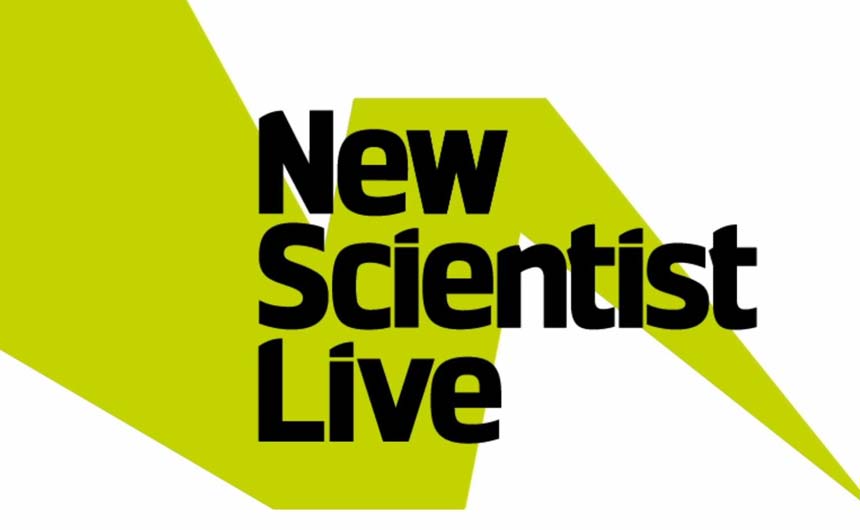
The Time Out guide really highlighted this trend. Specialist and iconic magazine New Scientist was advertising its New Scientist Live show scheduled for ExCeL later in the year. It is not clear if this is a direct activity by the magazine owners of a licence or JV type deal. I imagine it might be a combination of all three. The show features talent such as Tim Peake, Alice Roberts and Chris Packham.
In itself it is an interesting commercial event, but from a licensing perspective if this event continues to grow – this is year two – it might be a launchpad for the New Scientist to go into other parts of the licensing marketplace. Science branded toys and kits are a well established market sector and maybe well served already, but a range based on a long running magazine with a successful live show might have some merit.
Theatre production companies have been frequent users of IP sourced from TV or books. A couple of shows highlighted in the magazine were productions by Birmingham Stage of Horrible Histories Live and David Walliams’ Gangsta Granny. Horrible Histories seems to be well established in the live sector with an ongoing calendar of theatre events, while David Walliams’ characters seem tailor-made for the stage. Productions of these kind are attractive bookings for theatres bringing in family audiences, particularly on afternoons, and being ‘plug and play’ productions that visit theatres for a relatively short period.
From a licensing point of view, theatre shows are now becoming great platforms for IP supplementing other exposure such as TV, while also delivering merchandise sales opportunities coupled with an opportunity to develop a direct relationship with fans through database marketing.
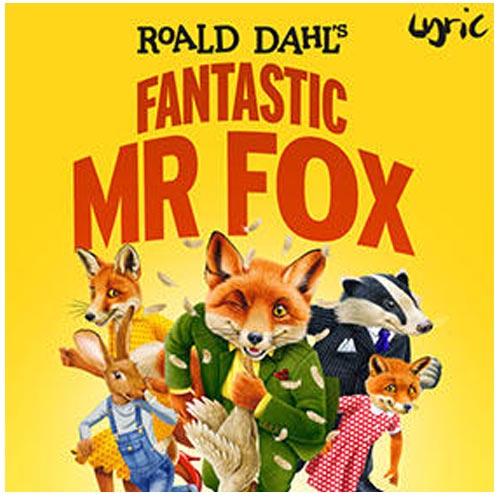
Another example of book to theatre is a new musical based on Lewis Carroll’s The Hunting of the Snark. This could be a precursor to the publisher or literary estate looking at a wider programme of activities. A theatre show is a good way of testing the commercial waters.
Another interesting example on a limited run this summer was a stage version of Roald Dahl’s Fantastic Mr Fox. With more emphasis on branding and ‘joined up’ marketing you can see how brand owners such as the Dahl Estate see value in licensing its content to the live sector. Of course these activities are all great boosts to the core publishing product as well.

Other licensing highlights I spotted in the Time Out guide included Adventures in Moominland at the Southbank Centre – this pop up attraction mixing event and exhibition has been extended to August 20, a measure of its popularity but also a good test case for other IP owners to reference for future developments.
Elsewhere in London the Star Wars Identities exhibition is due to close in September at the 02. It has been there since November 2016. The exhibition includes props, models, costumes and artworks combined with interactive features. An interesting aspect of an event like this is that it is a really public test of popularity of a brand – family tickets can cost up to £60 and it is open to public scrutiny. Given the tendency of consumers to use their social media to ‘review’ their experiences, it is important IP owners feel assured that the events are as good as they can be.
Of course it is not always about negative publicity – a good event can be a fantastic boost to brand equity and experience. In cases like Star Wars Identities, the brand owner Lucasfilm will have a strong voice in the production and the exhibition will be created with a global market in mind – not sure where it will go post 02 but I imagine it will pitch up in another galaxy one day soon. A lot of effort in the development, but the IP owner and licensing partner are creating a long-term legacy project.
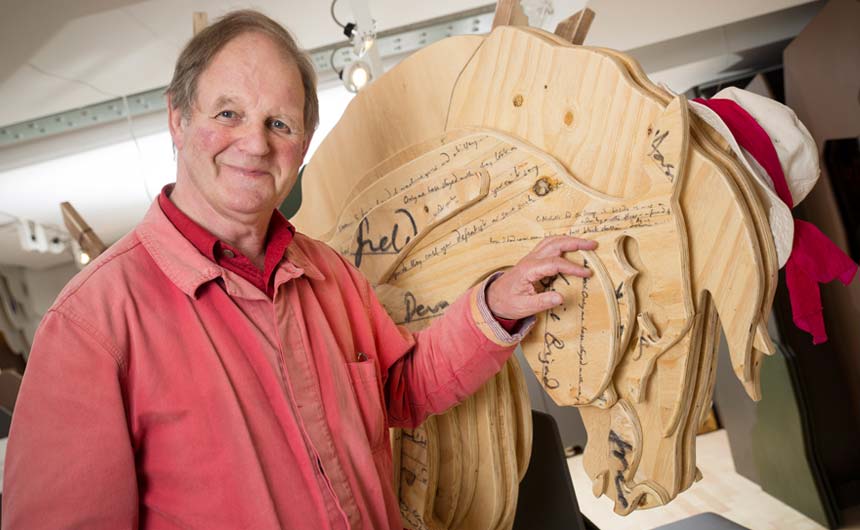
Museums are also dipping into the IP pool to add to their own offerings. One example of this is an exhibition at the V&A Museum of Childhood – it is hosting an exhibition based on the stories of Michael Morpurgo, the author of War Horse. The exhibition was originally created and curated by Seven Stories, The National Centre for Children’s Books.
In this case a museum has invested in producing an exhibition that it will use itself but develop further commercial value from it by touring it in a planned way – with other museums paying to host the exhibition. It also recognises the commercial value and convenience of buying a successful show off the shelf ready to go.
If you like planning ahead and are happy to turn your mind to Christmas, I noticed that The Peacock Theatre is advertising The Snowman stage show – starts in November and runs throughout December. Apparently it is celebrating 20 years in the West End. A really good example of how a theatre show can be successfully developed under licence and be part of a wider programme of activities.
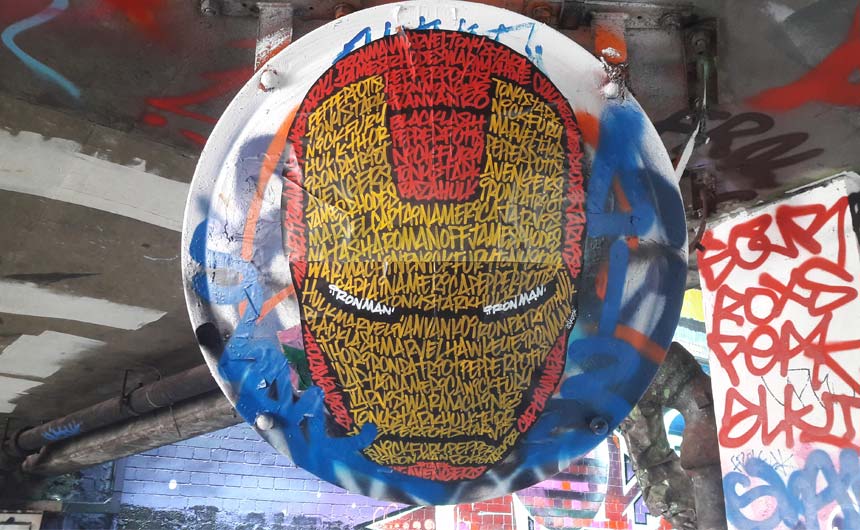
Clearly IP, licensing and ‘days out’ go together well. It is very encouraging to see so many examples of licensing being used in this sector. I did manage to put the magazine down and go out for a while.
I visited Leake Street in Waterloo. One of the capital’s epicentres for street art – often a very productive place to spot unofficial use of IP or tributes to famous characters – I wasn’t disappointed on this visit. I found a fantastic piece of Iron Man art – on the back of a security mirror. Really inventive repeat pattern – I imagine we might see this in a style guide one day soon.
I would certainly recommend a trip to Leake Street – it is a free show after all…
Ian Downes runs Start Licensing, an independent brand licensing agency. His Twitter handle is @startlicensing – he would welcome your suggestions for what to look out for.













